The 2023 Racial Equity Dividends Index registration period is open now through Friday, July 15. Register your organization today.
By Heather Worthington, Managing Consultant
In the last few years, local governments have begun to truly embrace the deeper work of changing policies and practices to address racial disparities in their communities. As they reckon with this, they have found limited tools available to truly measure progress in this area.
As John Dulles said, “The measure of success is not whether you have a tough problem to deal with, but whether it is the same problem you had last year.”
Dozens of organizations in the state are working to solve this dilemma through a unique new racial equity tool.
A Data-Driven Tool to Guide Racial Equity Action
The Racial Equity Dividends Index (Index) for the Public Sector helps public entities better understand their organization’s progress toward meeting their racial equity goals. Diversity, Equity and Inclusion work is important, but in order create and scale systemic change with results that matters to the communities local governments serve, adopting an anti-racist mindset and framework is key. The Racial Equity Dividends Index—Public Sector helps organizations establish a baseline that can be used year-over-year to:
guide action on racial equity work
enlist help from staff
help prioritize resources, and
experience the meaningful and measurable impact of achieving greater performance in areas like recruitment and retention of employees, procurement from Black, Indigenous, Asian or Latine-owned businesses, and development that addresses historic harms and catalyzes trust-based development in communities of color.
The Index also helps organizations understand how policies and practices impact the community in areas like housing, economic development, transportation, public safety, and human services.
Learning to Lead on Racial Equity
Public Sector leaders see the Racial Equity Dividends Index for the Public Sector as an important resource for local governments to use in establishing a baseline measurement of their racial equity work.
“This tool will empower our public organizations to build anti-racist policies,” says District 14 Metropolitan Council Commissioner Toni Carter. “With the help of the Center, and through this Index, our public institutions can truly focus their attention to using their results to uplift Black and Brown people in our communities who have been historically undervalued and underserved.”
Participating organizations receive a report of their results and peer rankings. The report also features peer-reviewed research and profiles of successful approaches to each focus area from the Center and our national partners like Brookings and Policy Link. These features offer supporting documentation for the standards for anti-racism that comprise the Index survey questions. The Report offers organizations a road map for taking action to accelerate areas of strength, and uproot systemic roadblocks to progress on the journey to racial equity and inclusion.
“We know that our communities are looking to us to take the lead on diversity, equity and inclusion,” Center Managing Consultant, Heather Worthington. “We also know that leadership needs data-rich resources like these to show residents, elected officials, and staff that this work is a necessary investment and will benefit everyone. The Racial Equity Dividends Index for the Public Sector is one of the most valuable tools in helping build that business case for investing heads, hearts, and budgets in building a stronger community.”
Maximizing Action with Limited Resources
For many local governments, data collection is a heavy lift. Human and financial capital and resource restrictions are the source of analysis paralysis – leading to the ever-present question of, “where do we start?” The Racial Equity Index-Public Sector is an ideal tool to get started on measuring racial equity progress—and making sure the strategy aligns with the needs of residents, employers, and government entities.
Once the metrics are more widely understood, the Center can work with staff to address the findings from the Index to assist leaders in better utilizing their unique data with regard to policy and practices. Finally, while all data is anonymized, it is peer-reviewed with similar size local governments in Minnesota and comparable communities across nation. This benchmarking helps organizations establish racial equity goals that also facilitate inclusive economic growth and competitiveness, helping to ensure the community you are building is a community of choice for talent, employers, and investors.
Getting started is often the hardest part of the work. We’re here to offer a tool that can help leaders take that first step toward becoming a more equitable and inclusive organization. And we’ll be there to guide you and your peers and elected leaders on the journey from increased awareness about what’s working and what’s not, to taking actions that will transform the community into one that is good for all people to live, work and play.
This is an investment that will pay great dividends for staff and ultimately for the community.
To learn more about the Public Sector Index, email Center for Economic Inclusion Director of Sales & Growth, Nashan McKelton at activate@centerforeconomicinclusion.org.

